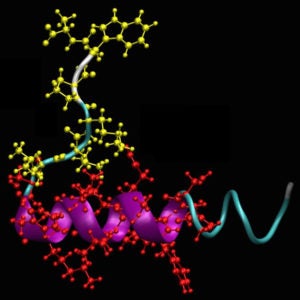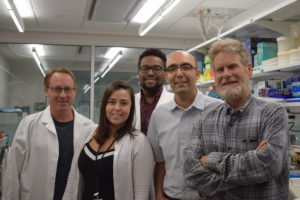Laurie Lab
Research Interest

No one has attempted to address the biological basis of dry eye, the most common eye disease. The Laurie lab did so and discovered ‘lacritin’, a novel multifunctional glycoprotein required for tearing, and independently for epithelial homeostasis. An expanding toolbox of ~70 truncation and point mutants of lacritin, its coreceptor syndecan-1, and of signaling mediators such as ATG101 – some single or even double tagged – drives our progressive exploration of the unique ways by which lacritin regulates epithelial metabolic function. We use confocal live cell imaging of mitochondrial fission and fusion, monitor cellular oxygen consumption rates in real time, and measure subtle metabolomic changes. Multi-institutional ‘Lacritin Consortium’ meetings held three times yearly include clinicians whose collaborative samples suggest that dry eye may be a disease in large part of lacritin ‘monomer’ deficiency. A lacritin synthetic peptide is now being developed as a topical dry eye treatment.
Image: GROMACS model by collaborator Michael Shirts of lacritin’s C-terminal domain.
Pictures
- Dr. Gordon W. Laurie
Education
- BS, Biology, McMaster University
- MS, Cell Biology, McGill University, Montreal, P.Q., CANADA
- PhD, Cell Biology, McGill University, Montreal, P.Q., CANADA
Contact
Publications
Click to ViewEmail: gwl6s@virginia.edu
phone: 434-924-5250
Address
Pinn Hall, 3rd Floor
1340 Jefferson Park Ave
Charlottesville, VA 22903


